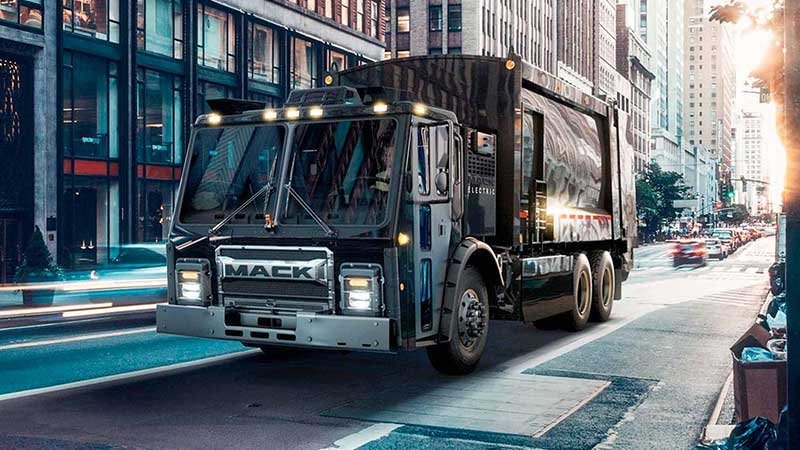Volvo Trucks and Mack Trucks Recall 180 EVs Over Fire Risk

A software issue may lead to the failure of the cabin heater relay, causing the coolant heater to overheat.
The name of the game is thermal escalation. If the coolant heater stays energized with little to no coolant at all, the heater may catch fire. The coolant heater goes kaput only if the relay fails in a closed position with the vehicle energized, the key in the ignition, and the cabin heater turned on.
Documents filed with the National Highway Traffic Administration highlight no known warnings. The remedy comes in the guise of updated software for the hybrid powertrain control unit and instrument cluster. The revised software counters relay actuations. When a proscribed number of actuations is attained, the all-electric truck is flagged for maintenance.
If the number of actuations surpasses the proscribed number, the heater itself is disabled. This updated software was introduced into production on November 23rd last year. It boggles the mind why Volvo waited this long to announce this recall, more so because it was aware of what’s what.
The Swedish manufacturer has also instructed its North American dealers to install replacement cabin heater relays at no cost to the owner. Speaking of which, owner notifications are due to be mailed on March 19, 2022. Volvo Trucks and the Mack Trucks subsidiary aren’t aware of any complaints, warranty claims, accidents, or worse related to said issue.
As for the affected battery-electric trucks, the VNR Electric opens the list with 137 units produced in the period between June 29, 2018 and September 14, 2022 for the 2019 through 2023 model years. The Mach LR Electric is affected to the tune of 43 units, manufactured between September 17, 2018 and September 19, 2022 for the same model years.
That’s a grand total of 180 heavy-duty electric trucks. The most obvious difference between the VNR and LR is the forward-control style of the Mack. Both of them are Class 8 trucks, meaning they exceed 33,000 pounds (make that almost 15,000 kilograms) in terms of gross vehicle weight rating. 18-wheeler big boys are considered Class 8 vehicles as well.
The VNR Electric is presently listed stateside with batteries totaling 565 kWh. It needs 90 minutes to reach 80 percent charge at 250 kW. Volvo waxes lyrical about 275 miles (443 kilometers) in one go, but the real-world range is obviously worse. In other words, the VNR Electric isn’t made for the long haul. Neither is the Mack LR Electric, which rocks 376 kWh.
As opposed to Volvo, the subsidiary advertises 100 miles (161 kilometers) on the job. As for what kind of job, who knows? Equipped with two electric motors that provide 448 continuous horsepower or 536 peak horsepower, the LR Electric can charge at up to 150-kilowatt hours.
Related News
